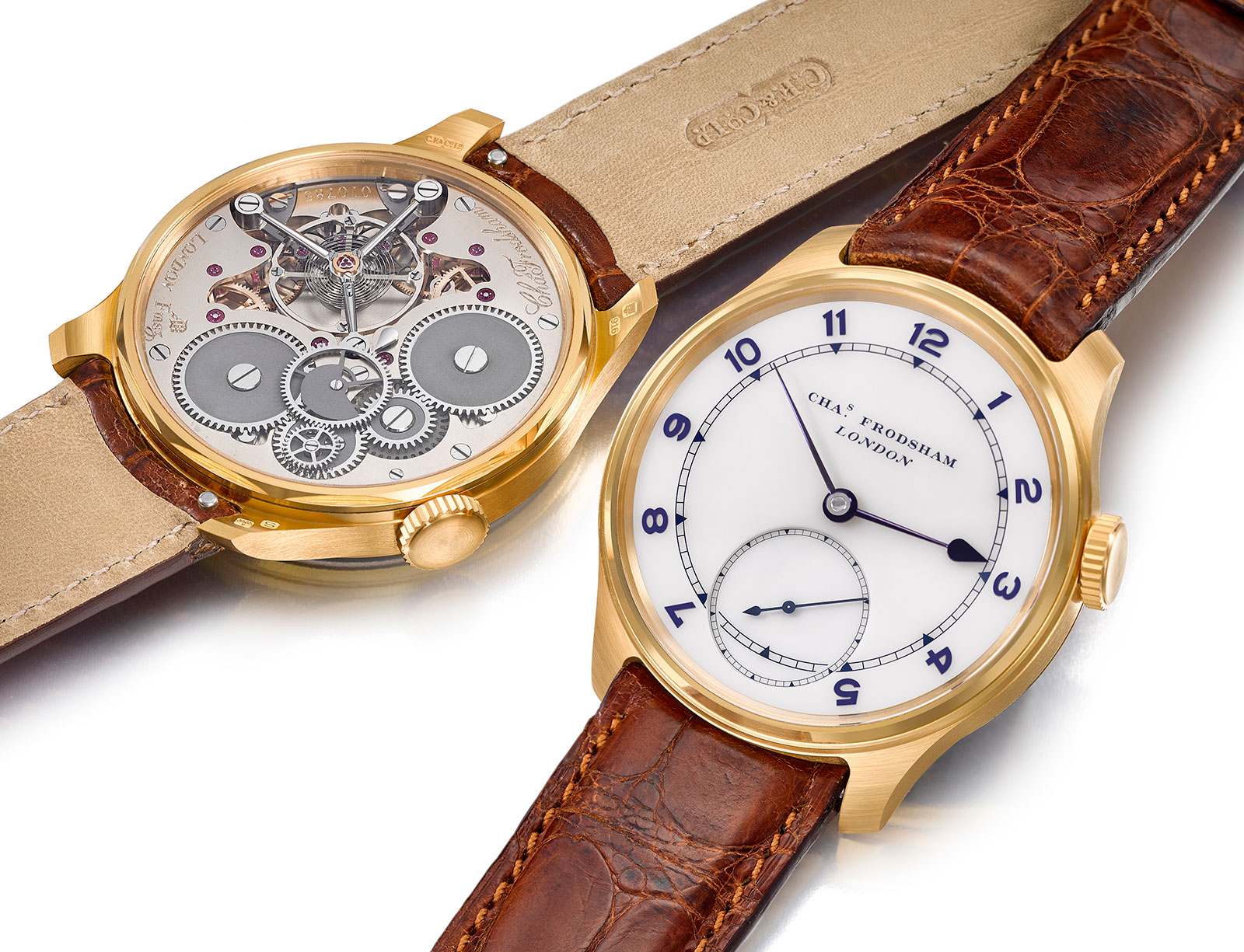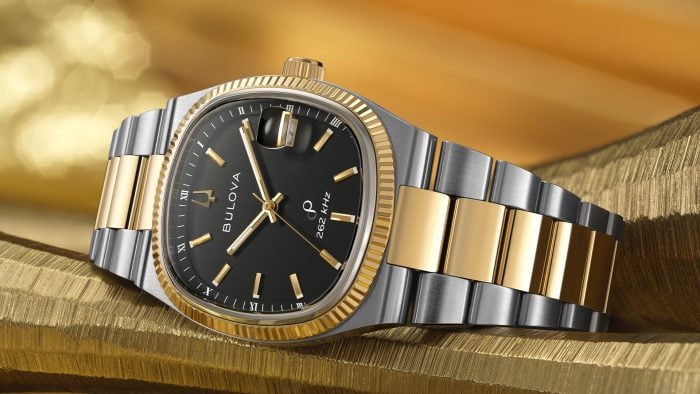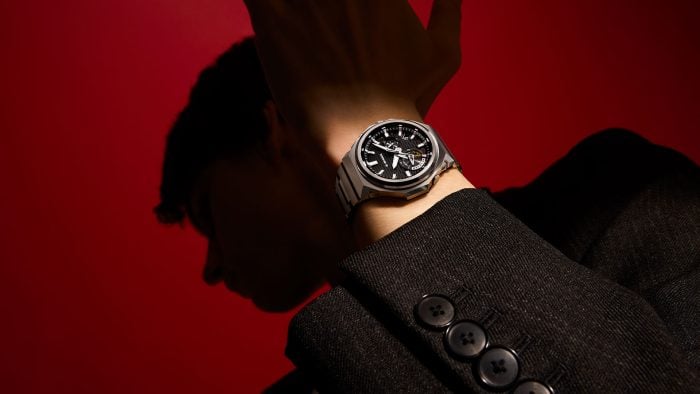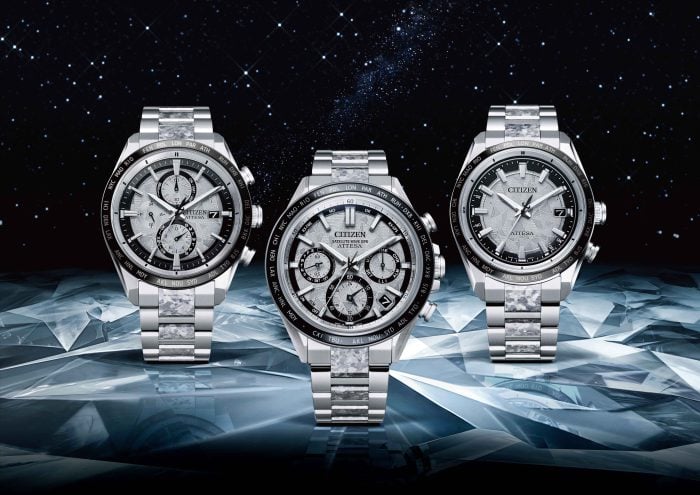Though I’m a certified Yank, one of my greatest joys is cheering England on with my British-American father during Six Nations and the Euros. Still, there’s one pursuit where I root harder for England than rugby and association football combined: Watchmaking. In fact, I root for the entire British horological community. Like England’s national football teams though, many see British watchmakers as neither sympathetic underdogs nor truly elite. I believe now is the time to move British brands out of relegation battles and into the premier league—so to speak.
Formerly defunct British heritage lines, like Fears and Vertex, have made recent comebacks. Meanwhile, Maidenhead’s Christopher Ward is now the poster child for watchmakers who successfully graduate from microbrand academy. And let’s not forget one of the industry’s newest traditions, British Watchmakers Day. I’d never been to an event with so little pretense and so much institutional knowledge. Maybe it’s that legendary British politeness. Or perhaps, as proven by my favorite Brittania-based brands below, it’s because the scene is genuinely thriving.
I’ve included Scottish brands, though I know some watchmakers of the thistle prefer a dedicated category. I’ll serve penance to Saint Andrew for any offense, but terrific things are happening up north and attention must be paid!

Photo by Roger W. Smith
Roger W. Smith
Arguably the most important independent British horologist today, Roger W. Smith fights the uphill battle of bringing independent watchmaking back to the UK by creating indisputably masterful timepieces and inspiring other domestic watchmakers to set up shop. He also co-founded the Alliance of British Watch and Clock Makers, the hosts of British Watchmakers Day. These are major gains, considering British horology has been mostly AWOL since the 1850s.
His designs are very English. Look at the flawlessly finished Series 4, with its stately Roman numerals and functional retrograde date; it’s the watch equivalent of a gent who can discuss Constable’s oeuvre over a Dubonnet and gin, but also enjoys watching footy over pints after a grouse hunt. If you can magically get your hands on one, Smith timepieces are uniquely classic yet uncommon, perfect for a one-watch collection. Everything, from start to finish, is handcrafted at his Isle of Man workshop, using raw in-house materials and avoiding automatic and repetitive devices. He was the great George Daniels’ more noteworthy apprentice, after all.

Photo by Vertex
Vertex
Vertex is a reminder of Britain’s oft-forgotten importance in the watch industry. (FYI, Rolex was originally London-based.) During World War II, the British Ministry of Defence commissioned The Dirty Dozen, standardized field watches from 12 chosen watchmakers. Vertex stood out as the only British brand. Today, vintage Dirty Dozen watches are highly sought-after and regularly homaged. Fortunately, once-shuttered Vertex was revived in 2015 and offers the true descendant of their renowned contribution, the M100 series.

Photo by Christopher Ward
Christopher Ward
Needing no introduction, Christopher Ward does its part for British watchmaking through sheer proliferation. Direct-to-consumer retailers were unheard of at the time of the brand’s 2004 debut, especially in luxury watches. In 2014, Christopher Ward merged with its manufacturing partners, which culminated in its first in-house caliber—the biggest feat in British horology in half a century. The C60 Trident leads the range, thoroughly exemplifying the brand’s promise: timeless but distinct designs and premium specs at below-market prices.

Photo by Farer
Farer
After Christopher Ward’s graduation from microbrand academy, its spot as the valedictorian was taken up by Farer. With the booming reception for Farer’s fresh approach to classic tool watches though, the brand may just matriculate by the end of this paragraph. Farer proves that serious construction can get along with fun style. Just look at the silky sea green dial on the Lander IV, its local icon. And you have to appreciate the exhibited custom-decorated movements.

Photo by AnOrdain
AnOrdain
Combining contemporary visuals with traditional enameling, AnOrdain watches are expressive and sophisticated. The Glasgow-based brand is dial-centric, but its methods are so artfully scientific and notoriously challenging that no sane person would ever compare its timepieces to fashion watches. (Founder Lewis Heath admits that some consider AnOrdain more of an enameler than a watchmaker. Personally, I find their Sellita mechanicals sufficiently respectable, and I’m sure those on the 2028-out waitlists agree.)
Each of the impeccably handcrafted enamel dials can take up to 12 hours to get right. The Model 1’s fume effect is a result of fusing powdered glass with a metallic base at high temperatures. The Model 3 is particularly fascinating, as AnOrdain manages to translate the texture of ash wood into enamel. It’s downright alchemy, I tell you.

Photo by Fears
Fears
Another sign that British watchmaking is on the up and up? Heritage brands coming back from the dead in legitimately independent, non-corporate ways. Fears, for example, was revived in 2016 by the original founder’s triple-great grandson, Rolex apprentice Nicholas Bowman-Scargill. It originally started in 1840s Bristol, where all watches are currently assembled. I liken them to an English Tudor, in that they offer high-value timepieces with a signature look in the affordable luxury space. The Brunswick watch collection features a round, sterile bezel on top of a cushion case, combining two familiar things to create something different. There’s also a choose-your-own-adventure element with the variation of dial colors, finishes, and materials offered.

Photo by Garrick
Garrick
Garrick’s role in the British Revolution was getting itself nominated in the 2024 GPHG Awards. Recognition from industry peers isn’t every brand’s responsibility, but someone in the community has to do it. Garrick focuses on hand finishing, appealing to lovers of texture, open hearts, and skeleton dials. The S7 encapsulates that functional, elegant whimsy, displaying the brand’s famous engine-turned guilloche dial, which is one of the best in the industry.

Photo by Bremont
Bremont
Bremont is Britain’s premier aviator watchmaker. Though founded as recently as 2002, its prominence almost makes it seem like a heritage brand that somehow survived the industry’s 19th-century demise. While Robert W. Smith represents the single-skilled, artisanal approach, Bremont covers the mass appeal space, similar to how the Swiss do it.
If you want a Rolex- or Omega-esque sport watch from England, meaning a classic Chronometer with brand-specific touches, Bremont is it. Plus, the early-aughts models have officially become new-vintage collectibles. Bremont commendably partners with other British brands, having developed the MKIII with Jaguar and the now-iconic MBII pilot watch with Martin-Baker.

Photo by JX Su / Watches by SJX
Charles Frodsham
I’ve gone on already about the state of UK watchmaking’s many green flags, but here’s another one. Charles Frodsham & Co, a clockmaker, restorer, and pocket watch purveyor since the 1600s, designed its very own wristwatch in 2018. The Double Impulse Chronometer’s railroad dial and graceful hands are quintessentially old England, a watch to wear during afternoon tea. It’s also the first wristwatch to employ the symmetrical, mostly detached, and oil-free Daniels Escapement. Basically, don’t underestimate this “nation of shopkeepers.”

Photo by Mr. Jones Watches
Mr. Jones Watches
Focusing on bringing joy back to the industry and founded by designer Crispin Jones, Mr. Jones is essentially an artist’s collective. Each inventive design is drawn up by an artist, with the colors individually hand-mixed before placement. The London-made watches are playful but poetic, calming but attention-grabbing. In 2023, a mechanical version of the popular A Perfectly Useless Afternoon watch was released. It may use a rubber ducky to depict minutes, but it also refreshingly sanctifies the art of rest.
Buy A Perfectly Useless Afternoon at Mr. Jones Watches
Buy A Perfectly Useless Afternoon (Mechanical) at Mr. Jones Watches

Photo by Clemence
Clemence
Two things instantly attracted me to Clemence watches, specifically the Munroe. First was the “sharkified cathedral” hands, as I call them. I love it when watchmakers remix textbook designs, and adding power to a reverent aesthetic is undeniably cool. Second was the poised and versatile nine-millimeter high, 37-millimeter case; this is the correct size for a field watch. And though creditably competent, the Munroe is much more fun than an Explorer (and I say this as a lifelong lover of the Explorer). The Scottish brand also offers a dive watch called the Photic Diver. It was founded by ecologist Tom Clemence, who plants a native tree in Scotland for every watch purchased.

Photo by Studio Underd0g
Studio Underd0g
When Studio Underd0g released its watermelon-themed bicompax, a niche in the market revealed itself. It’s a design language that defensibly exists in a similar space to Mr. Jones and Farer. However, it isn’t always as irreverent as Mr. Jones, and has offerings that balance seriousness with joy, similar to Farer.
The 01Series of bicompax models now comes in more colorways, including an exquisite Mint Ch0c Chip. It runs on a Seagull-collaborated mechanical movement regulated in Britain. The sub-$1000 chronograph flaunts a vivid movement of hues throughout its dial, a testament to Studio Underd0g’s impressive command of color.

Photo via William Wood
William Wood
As someone who grew up in fire-prone LA, London-based William Wood is a particularly special brand to me. It was founded by Jonny Garrett, whose grandfather was a decorated fireman. By incorporating brass components from antique British firefighter helmets and upcycling service-used firehoses for the straps, William Wood pays tribute to firefighters like Garrett’s grandfather. The whole concept is clever, touching, and sustainable. The ruggedly built line comes in a range of styles, with the best-selling Dunkirk leaning hardest into the firefighting theme. A collaboration with a London Fire Brigade Fire Boat, the dial mimics operation telegraphs used for the fire pumps on the Dunkirk rescue boat, Massey Shaw.




